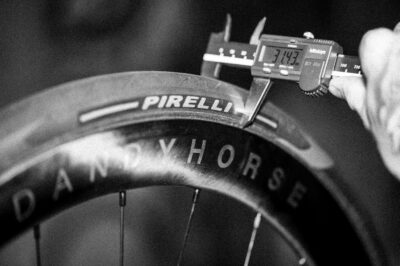

We present the second in a series of articles on hookless rims in road bikes. Part one, which contains basic information on this topic, is available at the link: Hookless Technology: What is it?
Every few years, new technological solutions are introduced to bicycles, which are met with enthusiasm by some parts of the community, and with caution and reluctance by others. Any situation in which this novelty has contributed to, or directly caused, technical problems, or – worse – accidents, becomes a pretext for critics of new solutions to triumphantly exclaim “I told you so!”. We don’t have to go far back in memory to recall the controversy surrounding disc brakes in road bikes. After a few accidents resulting in stitches from cuts caused by the discs, many prophets predicted the imminent end of disc brakes in road cycling. Now dark clouds have gathered over hookless rims. We offer hookless road wheels, so we are very interested in this topic. In the following article, we present our findings.
First, a little introduction – what is hookless and why is there so much fuss around it? A hookless rim differs from a traditional one primarily in the absence of hooks on the edges that the tire hooks onto. This profile design brings a number of benefits, including: lower weight, the ability to ride at lower pressures, increased resistance to bottoming out, reduced rolling resistance and aerodynamics. However, there is no rose without thorns – hookless also has its drawbacks. Recently, there has been a lot of talk about cases of tires jumping off the edges of hookless rims while riding, and even when parked. Such a situation can lead to serious accidents, so it requires thorough explanation.

At the end of February this year, during the 5th stage of the UAE Tour in Abu Dhabi, there was an accident that caused quite a stir in the cycling world and once again raised doubts about the safety of using hookless rims in road bikes. Thomas De Gendt crashed while riding straight on flat asphalt. Fortunately, he did not bring down the entire peloton, nor did he suffer any major injuries and was able to continue the race. In the photos documenting the moments after the accident, probably everyone noticed that the Vittoria Corsa Pro tire, together with the insert, jumped off the front wheel and for this reason, before the causes of the accident were officially explained, some issued a verdict – it’s all the fault of the hookless rim.
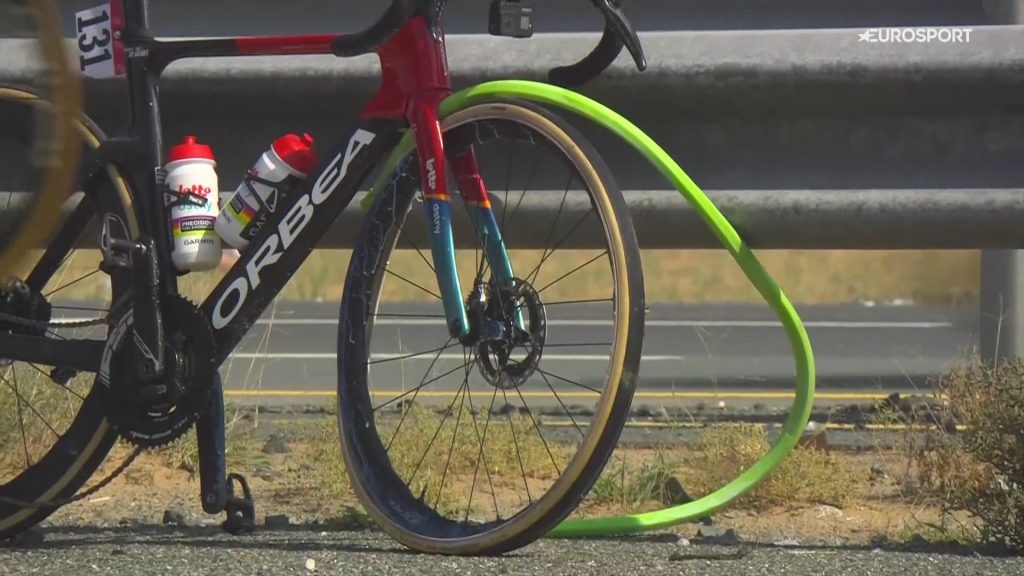
The investigation carried out by Zipp and Vittoria companies shed light on some facts that cast new light on this situation:
Introduction: The standards and guidelines for bicycle wheels are set by two cooperating organizations – ETRTO, the European Tyre and Rim Technical Organization, and ISO, the International Organization for Standardization.
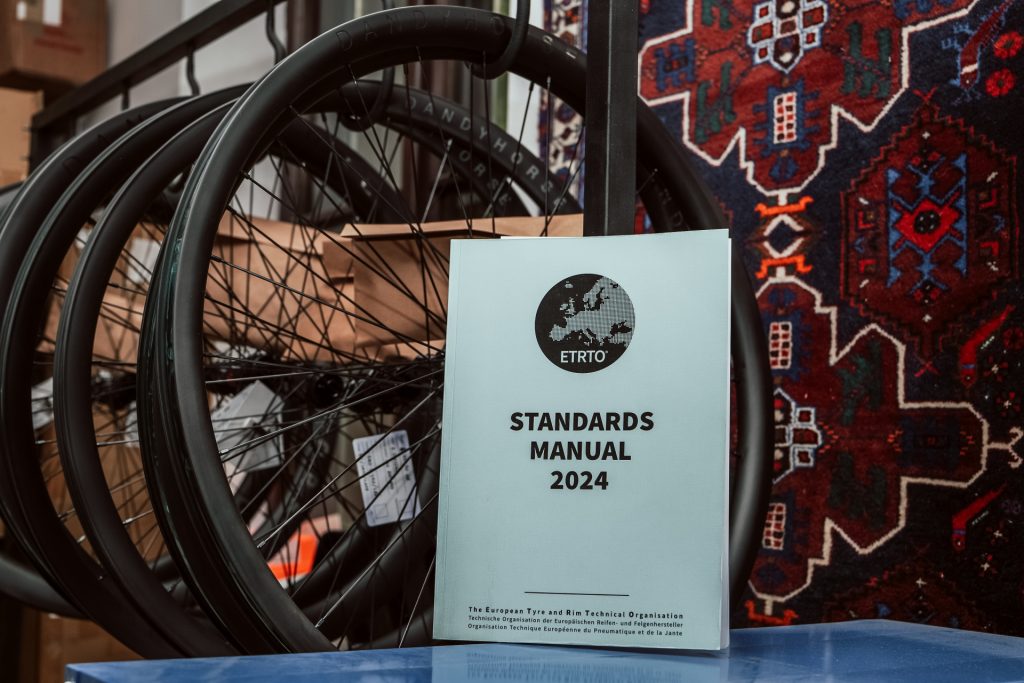
Back to the accident of the Belgian cyclist: During the investigation into the causes of the accident, it was found that De Gendt was using 28mm tires on 25mm inner width hookless rims. In 2022, ETRTO published guidelines for tire and rim compatibility, according to which such a configuration was within the recommended limits. However, in 2023, ETRTO caused consternation among wheel manufacturers who had already invested in rim molds that complied with the then-applicable standards, by changing its recommendations and stating that from this year onwards, the narrowest tires for fitting to 25mm rims were to have a width of 29mm. Since no manufacturer offers tires of this width, in practice this meant that 30mm was the minimum tire width that could be used on 25mm rims. In 2024, the new standard was maintained.
We are also among the wheel manufacturers offering 25mm inner width hookless road wheels – Pulsar 30 and Pulsar 45, so the change in ETRTO recommendations also affected us. We have also recorded cases of tires jumping off our rims, which caused us great concern, although we also offer road wheels on rims with hooks — Positron 45. At the first complaint, we took the blame and replaced the rims under warranty. Before lacing, we carefully measure and inspect each rim, so we are sure that all comply with standards. We have also carried out our own tests, inflating tires of different brands to 7 bar, with soapy edges and leaving them in this state for 24 hours. Now, thanks to a better understanding of the issue of tires jumping off hookless rims, we are more cautious about taking the blame.
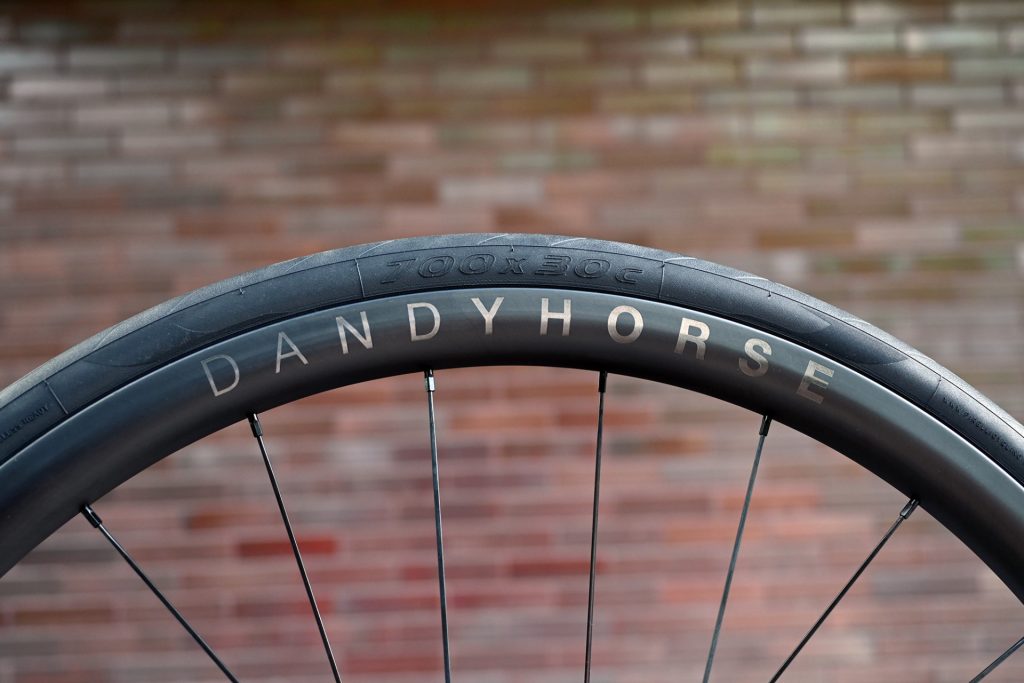
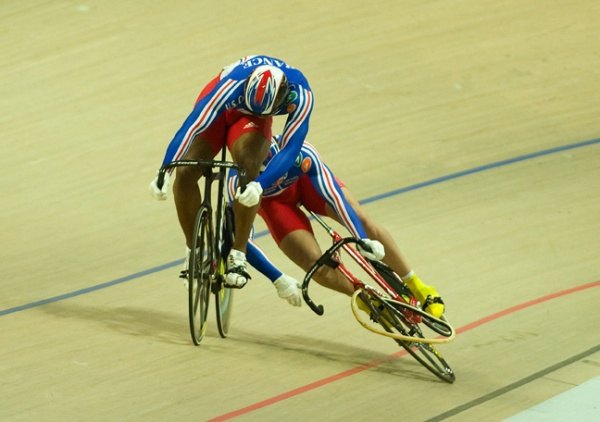
Let’s start by saying that tires jumping off rims is nothing new. In the era of clinchers, cases of them peeling off on fast corners, especially in hot weather, were widely discussed, which often led to dangerous accidents. The blame for these incidents often fell on incompetent mechanics or unsuitable bonding materials – both the adhesive and the dedicated tapes. In later times, in the era of tubes, there were cases of punctures in the front wheel during fast descents, which also resulted in serious accidents. Last year, during the Paris-Roubaix classic, dark clouds gathered over tubeless, after several riders’ tires jumped off the rims, causing a fountain of sealant to explode.
Hookless rims are also not a new invention. They have been successfully used in MTB bikes for years, where there have been cases of tires jumping off the edges, but the users themselves were usually blamed rather than the rim design. They have also been successfully used in gravel bikes for several years, where they do not cause any problems. The problem only appeared when hookless rims started to be used in road bikes. This is mainly due to the much higher tire pressure. While in MTB and gravel bikes hardly anyone goes above 3 bar, in road bikes 3 bar is considered the minimum, while hookless rims can take a maximum of 5 bar. Below are the latest ETRTO standards for maximum pressure for hookless rims.
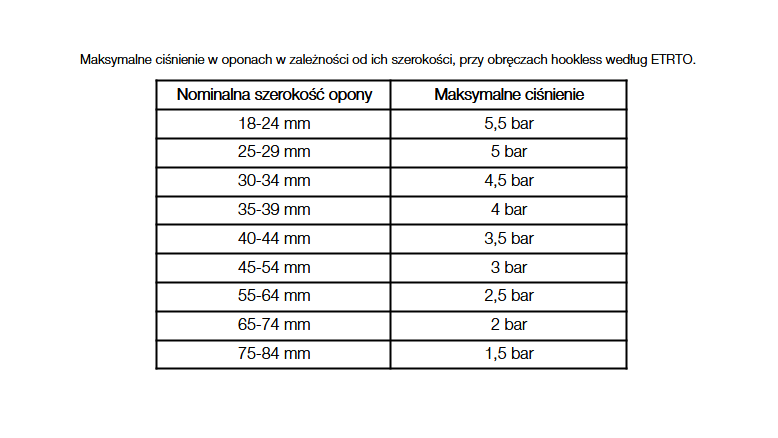
We are well-versed in wheel construction and keep up with the latest regulations, standards and trends, but when it comes to tires, we know as much as we can learn from the internet. That’s why we decided to seek the professional opinion of someone from the industry. During the preparation of materials for this article, we managed to arrange a meeting with the technical manager at Schwalbe – Jakob Maßen.
– Have you encountered any problems with Schwalbe tires popping off hookless rim beads?
– No, we have not received any reports of Schwalbe tires popping off hookless rim beads. The safety of our users is our top priority, so we make every effort to ensure that our tires are compatible with hookless rims.
A key factor influencing tire seating on the rim bead is the tire bead material. Tires compatible with hookless rims should have a stiff and stretch-resistant bead. This ensures a secure seating of the tire on the rim bead, but at the same time makes it difficult to mount the tire, especially with an inner tube inside.
To make tire mounting easier, some manufacturers offer universal models that can be used with both tubes and tubeless, as well as on hookless rims. However, such tires may have a less rigid bead, which can impair their seating on the rim. At Schwalbe we offer two types of tires:
Thanks to this solution, we are sure that our tires are safe for users.
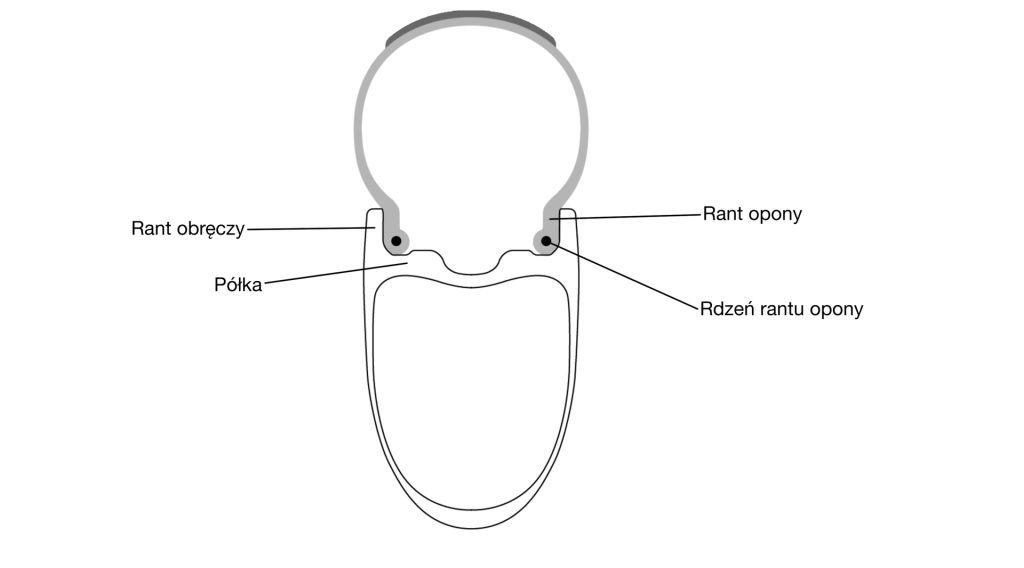
– Do you think the problem of tires popping off hookless rim beads is the fault of wheel or tire manufacturers?
– I cannot comment on other tire or wheel manufacturers that I am not familiar with. In my opinion, the key is to match the tire and rim to each other. This requires cooperation between the companies producing these elements and agreeing on a single standard that everyone should follow. ETRTO publishes only recommendations that are not legally binding. But the standards they propose are very good and Schwalbe believes that everyone should follow them.
Some wheel manufacturers are trying to change the shape of the rim profile on their own to improve tire seating, for example by raising the shoulder diameter of the rim. In my opinion, this is a bad idea, because such solutions are not tested by tire manufacturers and it is not known what the final effect of such a modification will be.
– Can the ISO standard for tire and wheel safety be trusted, as it is not very rigorous and only allows for small deviations from the norm? Shouldn’t the safety margin be greater, considering that not every cyclist keeps up with changes in standards?
– The ISO test specifies that if a tire inflated to 110% of the maximum pressure does not fall off the bead or lose pressure after 5 minutes, then the configuration is safe.
Our testing procedure is much more demanding. It assumes that a tire inflated to 160% of the maximum pressure indicated on the tire (or 8 bar for tires on hookless rims) must withstand at least one hour. Then we subject it to a load test to make sure it will also perform in real-world conditions in such extreme situations. After the test, it is inflated again to 160% of the maximum value and left for an hour. (remark: we only do that for new developments of bead core material or tire models. Regular tests are performed only with the 160% margin for 1h once without the drum test addition).
Not every cyclist is aware of the type of beads on their wheels, and many do not pay due attention to tire pressure. There are also other, unpredictable factors, such as tire pressure buildup during riding in hot weather. Therefore, we test our tires so thoroughly, using a really large safety margin.
– Can you officially say that your Schwalbe Pro One TLE road tires are compatible with hookless rims?
– Yes, if the wheel meets ETRTO standards, then all of our Schwalbe Tubeless tires (indicated with TLE or TLR) are hookless compatible within the respective maximum pressure. Maximum pressure for hookless systems is usually 5 bar. Tire width choice can be limited as well by the wheel manufacturer depending on their design choice. Our tires will in general be safe to use on wheels that meet the current or older 2022 standards if not opposed by the wheel/rim manufacturer.
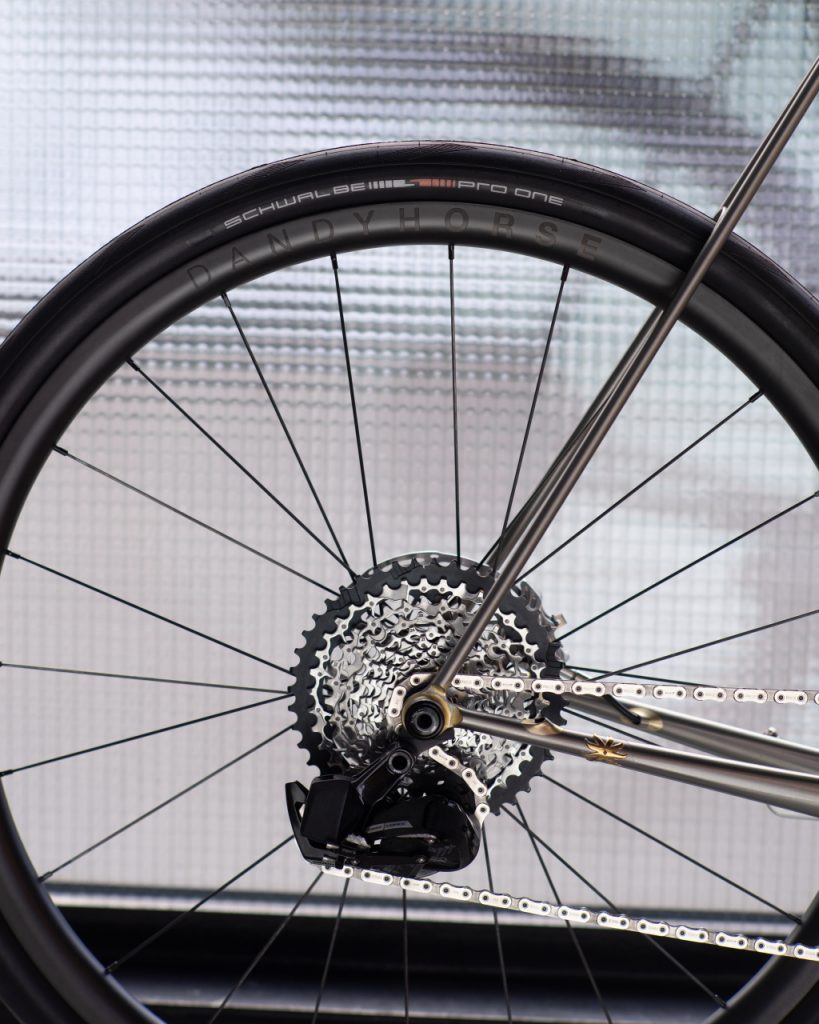
None of our team has ever had any problems with Schwalbe tires, except for the occasional difficulty in mounting them on the rim bead. However, after this conversation, our respect for Schwalbe grew even more. We learned a lot of interesting things, some of which were intended only for our ears, so we cannot publish them. However, we can reveal that Schwalbe is one of the few tire companies that manufactures its tires itself, rather than outsourcing them to factories scattered around the world. While large corporations, for which bicycle tires represent a small percentage, or even a promil of sales, treat this industry stepmotherly, Schwalbe is fully focused on its products and their safety.
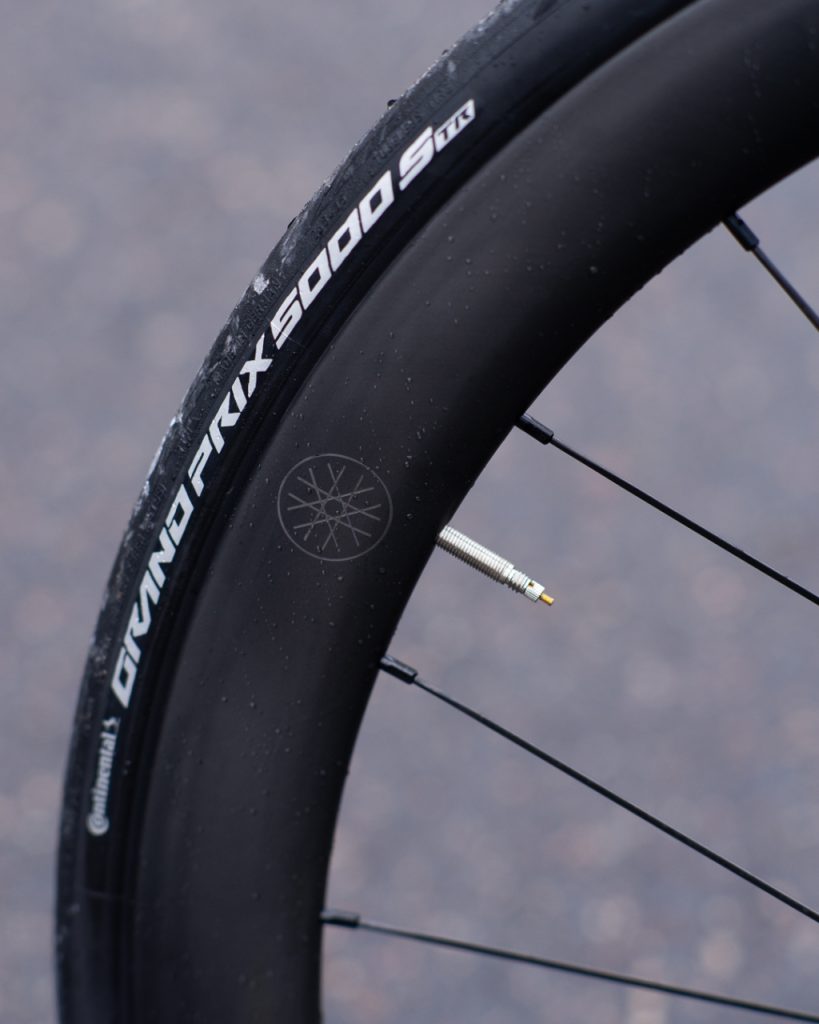
The tires we had the most problems with were the Continental Grand Prix 5000 S TR in all popular road widths – 28mm, 30mm, and even 32mm. While the narrowest of them do not fit the latest ETRTO recommendations, 30 and 32mm are well within the acceptable range. The internet is full of complaints from people whose tires of this model have jumped off the rims of hookless rims from various manufacturers. There are even videos on YouTube documenting these tires jumping off the rims during inflation after exceeding 4 bar. We also know that the Movistar team, which rides on Zipp hookless wheels and Conti tires, has had a lot of problems with tires jumping off. Apparently, this happened not only during riding, but even when the bikes were standing in the sun against a wall. We wrote to Continental asking for an explanation, but we got a rather laconic answer, the main sentence of which is: “We have not yet registered any problems with GP 5000 S TR tires”. They offered to send them a wheel with a jumping tire for testing, which we also intend to do.
In addition to Conti GP 5000 S TR, we know of fewer cases of Pirelli tires jumping off hookless rims. While writing this article, we learned that Pirelli used a bead core made of a material that does not tolerate the tire folding required for packing and transport. Therefore, their tires performed well in the laboratory, where samples straight from the factory are tested, but they could jump off the rims of riders who bought them already rolled up and packed. It is possible that this was the cause of the recent action to replace 14,500 defective Pirelli P Zero Race TLR tires that were jumping off the rims. On May 15, 2024, Pirelli will premiere a new product that we have already had the opportunity to test. We cannot reveal any details yet, but it performed well in our tests and looks very promising. Extralite, a manufacturer that offers hookless wheels, warns in its instructions that Conti 5000 S TR tires fit very loosely on their wheels.
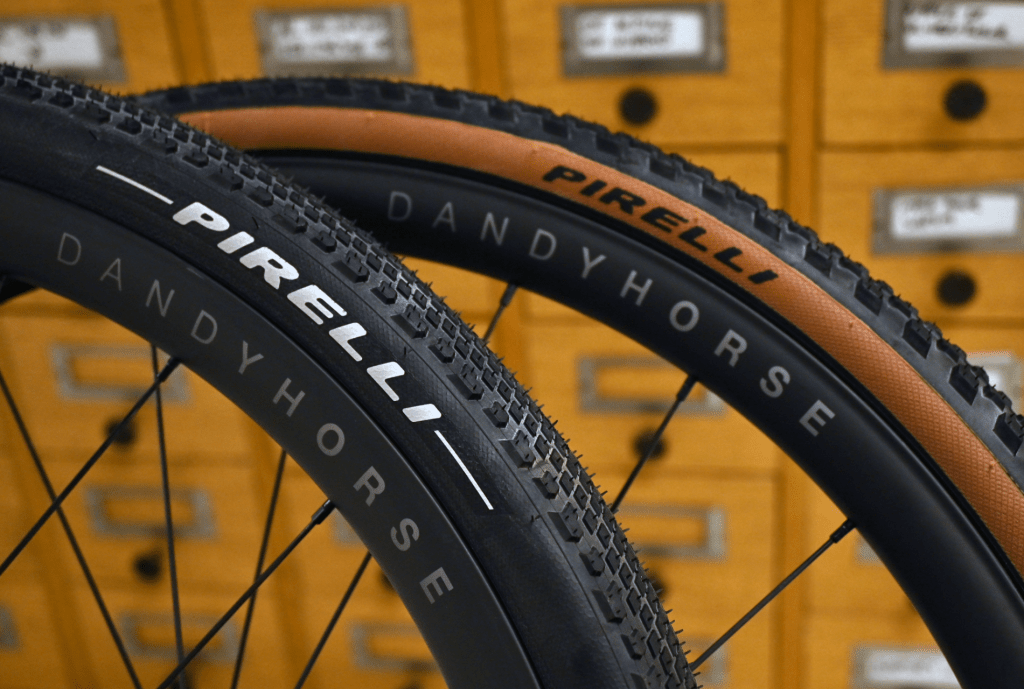
It is also worth remembering that the production tolerances of even the highest quality tires are much greater than those of rims, where precision below 0.5 mm can be maintained. In addition, individual tire specimens can vary significantly from each other, especially since they can be produced in different factories in several countries. In view of these problems, we strongly advise against using Conti GP 5000 S TR tires with Pulsar 30 and 45 wheels, and we also recommend caution when using these wheel models with Pirelli P Zero (in connection with the aforementioned action) and Vittoria Corsa Pro tires. If you are riding on any of these tire models in a tubeless system, we suggest switching to tubes. The additional layer of rubber inside the tire increases its stiffness, which minimizes the risk of it jumping off the rim. For this purpose, both butyl and TPU tubes can be used.
We want to emphasize that we do not blame tire manufacturers alone. As Jakob from Schwalbe mentioned, there have been cases where wheel manufacturers have modified the rim profile on their own, allegedly to increase safety or make tire mounting easier. Such modifications are dangerous because tires are designed to meet the standards developed by ETRTO and ISO. When designing our rims, we followed the then applicable ISO 2021 5775-2 standard, which guarantees their full compatibility with all tires available on the market that also meet this standard. Our measurements of all hookless rim specimens before wheel construction confirm their compliance with applicable standards.
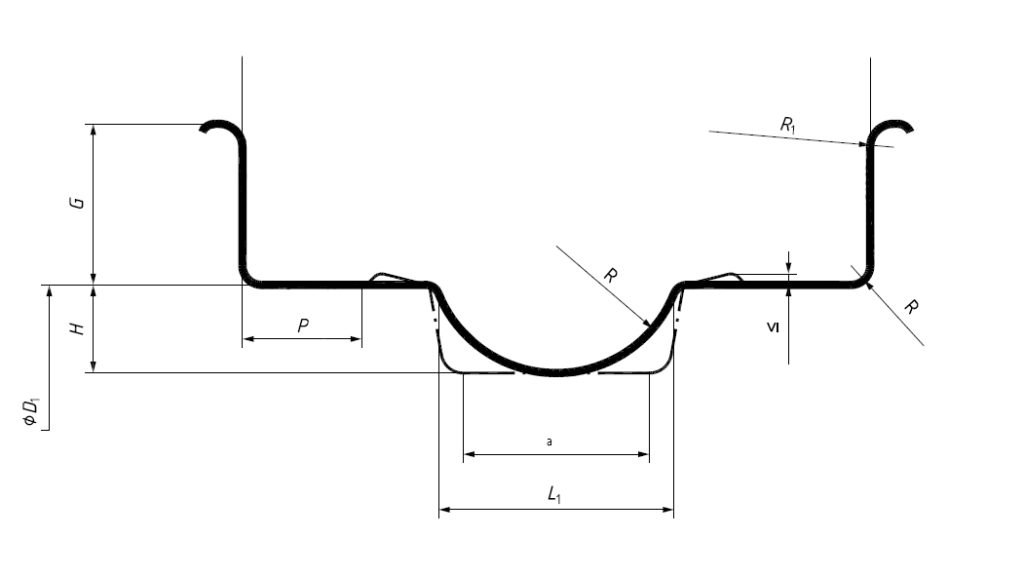
Over the past two years we have sold several hundred Pulsar 30 and 45 wheel sets, with tire bead slip issues affecting a very small number of our customers, 90% of whom were using Conti GP 5000 S TR tires. The vast majority of riders use Pulsars with 28mm road tires without any problems, however, due to safety concerns for our customers, we have decided to change our recommendations to be more restrictive than ETRTO. We suggest choosing only those tires that have been confirmed to be fully compatible with hookless rims in recent years.
It is worth mentioning that Zipp and Enve, leading manufacturers of hookless rim wheels for road applications, also allow the mounting of 28mm tires. Jakob from Schwalbe confirmed that this configuration is safe as long as the rim meets the ETRTO and ISO standard.
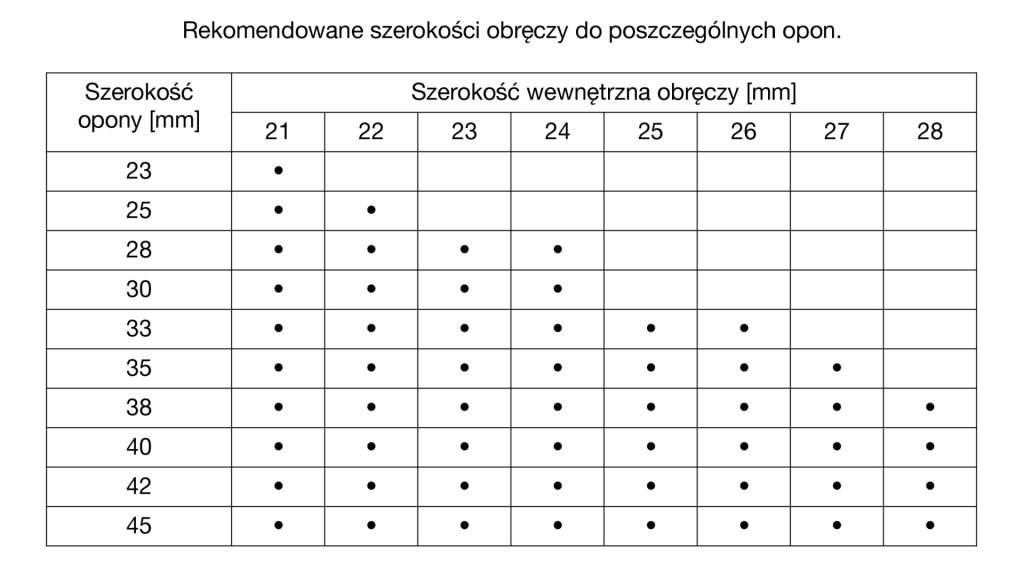
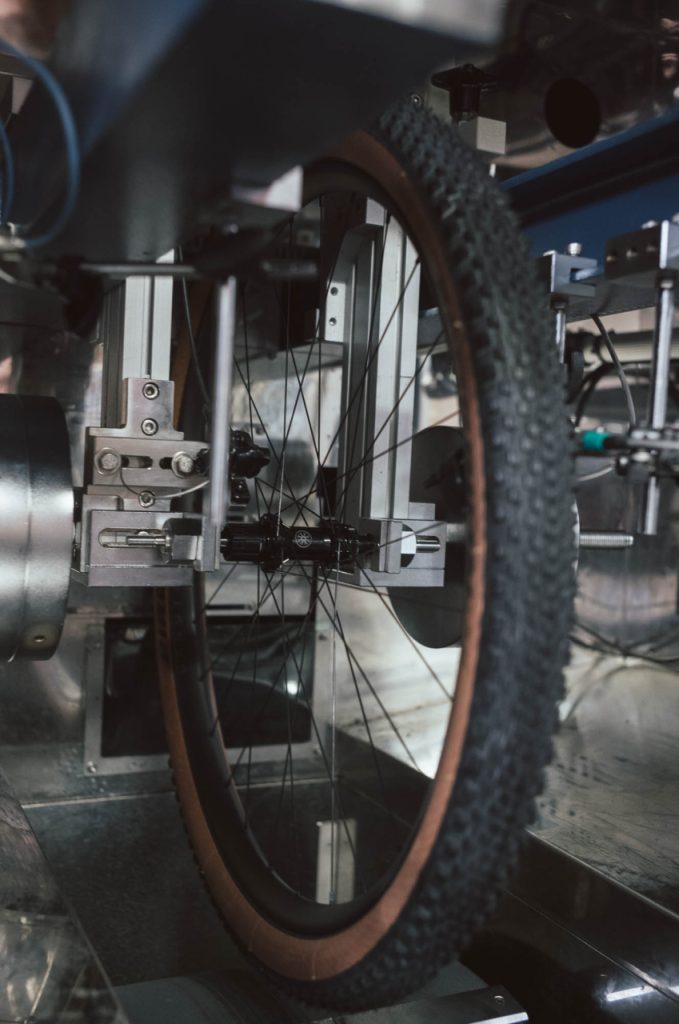
Safe riding on hookless wheels is definitely possible, but it requires more awareness and attention from the rider. In our opinion, the most important issues are:
The fact that the maximum pressure for hookless rims is 5 bar does not mean that you always have to inflate them to that level. For most people, 4-4.5 bar will be absolutely sufficient. We wrote about the fact that the optimal pressure is usually significantly lower than the maximum in the article: Optimal tire pressure in bicycles. To determine the correct pressure for your tires, we recommend calculating it using a pressure calculator, e.g. Silca: https://silca.cc/pages/pro-tire-pressure-calculator
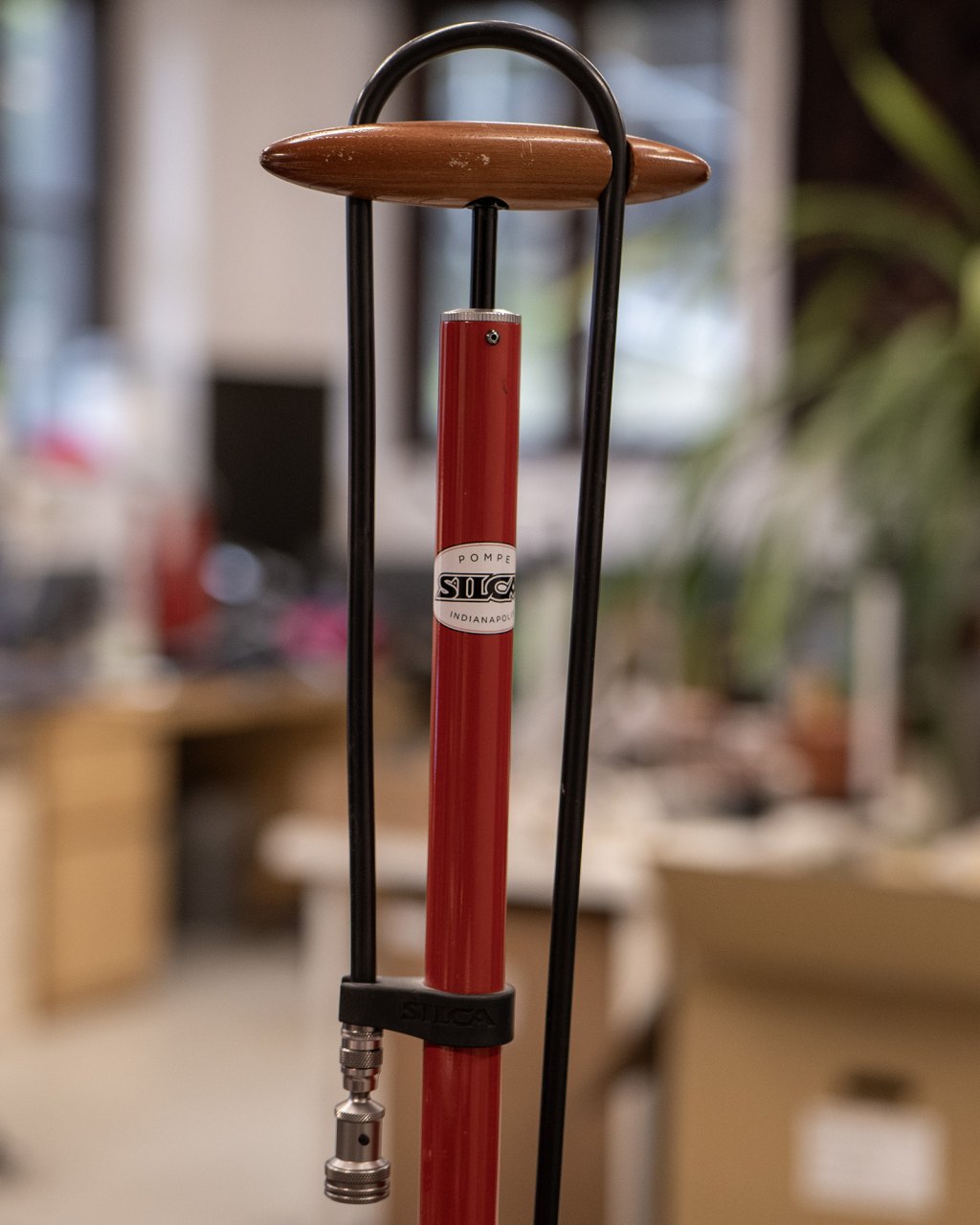
It is also worth noting that most home bicycle pumps have gauges with limited accuracy. According to Bicycling magazine, the difference between the actual pressure and the gauge reading can be as high as 1 bar. For this reason, we recommend using high-quality pumps, such as those from Lezyne or Silca. Riding on hookless rims in this respect places higher demands on the cyclist, but in return offers a number of undeniable advantages.
In addition, it is necessary to adjust tire pressure depending on weather conditions. A temperature increase of 3°C causes the air volume to increase by about 1%. This means that if you inflate your tires to 5 bar at home and then ride in the sun, on hot asphalt that can be as high as 65°C, the pressure in your tires may exceed 5.7 bar. If you add to this the error resulting from the low accuracy of the pump, it turns out that you may exceed 6 bar without being aware of it.
Ensuring compliance with applicable standards is undoubtedly the responsibility of tire and rim manufacturers, but it must be remembered that a great deal of responsibility also lies with the mechanics and riders who assemble the components on the bike.
Riding in a group at high speed is not one of the safest activities in the world – some insurers classify it as a high-risk sport, excluding it from standard policies. Considering this, it is quite frightening that the same people who inflate their car tires with the utmost care and caution, 2.2 bar at the front and 2.0 bar at the back, often choose tire pressure for their bicycles with incomparably less accuracy. To the question “to what values do you inflate your tires?” we very often hear the answer “both somehow around 4-5 bar, maybe sometimes more”.
Share:
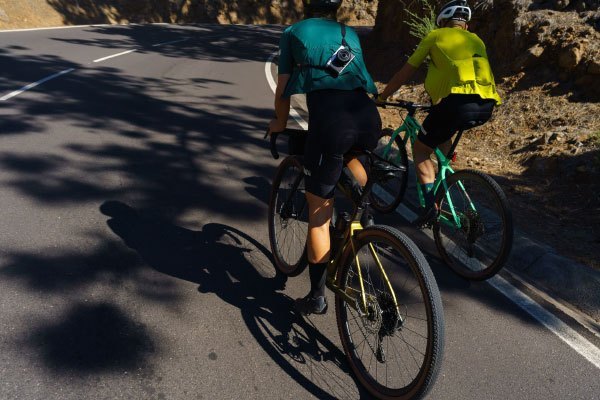
Extra discount
Buy any two sets of carbon wheels
and get 5% off both!
Simply add both wheel sets to your cart and the discount will be applied automatically.